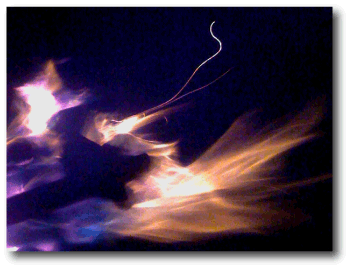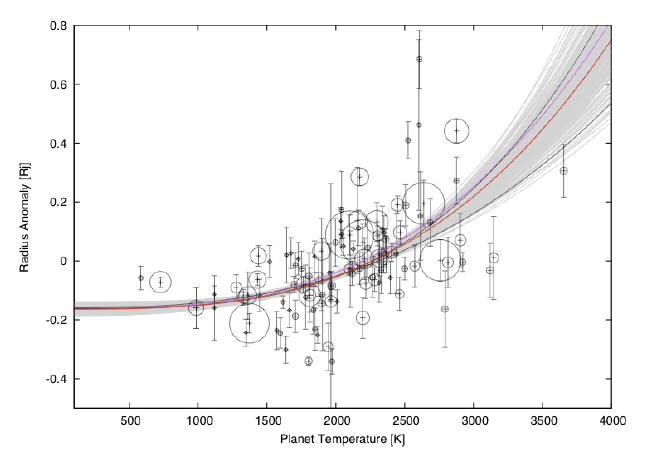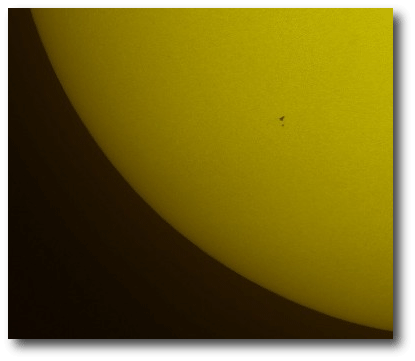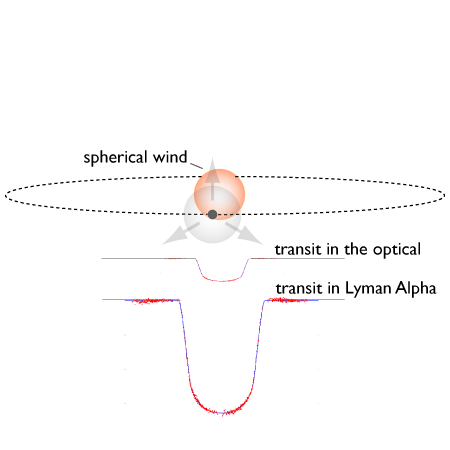
A recent article in Nature reports that WASP-18b has emerged victorious in the ongoing exoplanetary limbo competition.
WASP-18b is also a strong contender in the least-habitable-planet-yet-detected competition. It has a mass roughly ten times Jupiter’s and skims 2.6 stellar radii above the surface of the parent star. The orbital period is a mere 22 hours 36 minutes. A year in less than a day.
To the offhand glance, even the simple presence of the planet seems puzzling. It’s so close to its parent star that tidal orbital decay should haul it in for destruction on a timescale that’s alarmingly short in comparison to the ~1 billion year age of the parent star. Either WASP-18b has been found on the very cusp of its dénouement (which seems unlikely) or tidal dissipation in the parent star is much lower than in a star like the Sun.
Darin Ragozzine pointed me to to a recent article by Barker and Ogilvie that indicates that WASP-18 may indeed be very poor at dissipating tidal energy. It’s an F-type star, somewhat more massive than the sun, with a negligible convective envelope, and no good recourse to turning tidal waves into heat. It’s like a bell that can ring and ring without making a sound. According to Barker and Ogilvie, similarly inviscid F-type parent stars are also responsible for the survival of WASP-12 and OGLE-TR-56b. Their prediction for WASP-18b would be that changes in the orbital period will not be observable, even with the excellent precision that will be obtained by timing the orbit over periods of a decade or more.
Darin also pointed out something else that’s pretty cool. As is also the case with HD 209458b and HD 189733b, the transit of WASP-18b is readily visible in the archived photometry from the Hipparcos mission. Indeed, the planet has been sitting in open view on the web for well over a decade, assuming, of course, that one knew exactly where to look. To see it with 20-20 hindsight, use the folding applet provided at the Hipparcos web site. Enter the Hipparcos catalog number (7562) for the parent star, and fold the 130 published photometric measurements at the 0.94145299 day orbital period. Can you see the transit?

On worlds like WASP-18b, surface temperatures are well in excess of 2000 K. Under such conditions, the ionization fraction is high enough that the planetary magnetic field can affect the weather.
On Earth, where air is composed of neutral atoms and molecules, the wind blows right through magnetic field lines. By contrast, on WASP-18b, the ionization fraction is high enough that the winds will have a tendency to drag the planetary magnetic field lines along. This stretches the field lines, and like rubber bands, they offer a restoring force. Whereas ordinary exoplanetary weather can be described using the equations of hydrodynamics, on an ultra-hot Jupiter, the richer behavior of magnetohydrodynamics comes into play. As a consequence, I have little intuitive sense of what’s going on at the sub-stellar point of WASP-18b, but I’ve got little doubt that it’s interesting and complicated.






